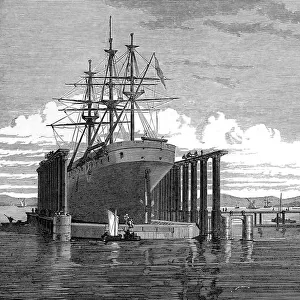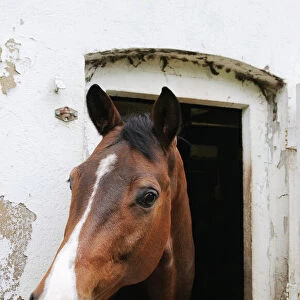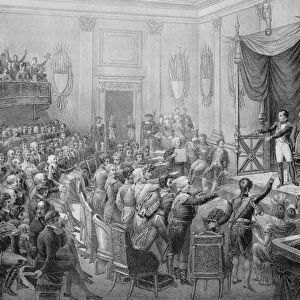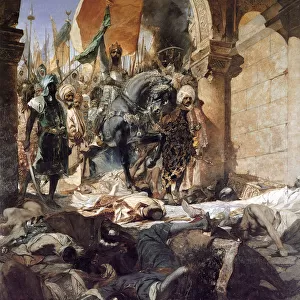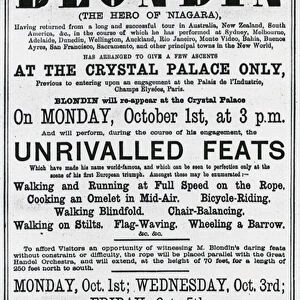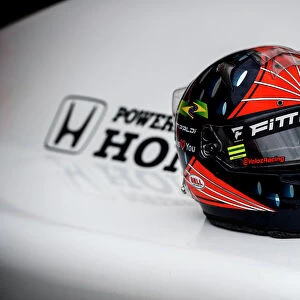1851 Hydrarchos whale fake monster fossil
![]()

Wall Art and Photo Gifts from Science Photo Library
1851 Hydrarchos whale fake monster fossil
1851 steel engraving from Hecks iconography engraved by Henry Winkles and published in New York. It shows the american exhibition of " Dr." Albert Kochs 114 foot (34 metre) skeleton of a fossil sea serpent. It was displayed as such in the US and later in Europe where it caused a sensation. This was before the dinosaur reconstruction exhibitions of the crystal palace, or any accurate reconstructions of articulated dinosaurs had been attempted. Later Hydrarchos was shown to be a forged composite of up to five individuals primarily of the fossil whale Basilosaurus - at the time believed to be reptilian (hence saurus ). Sir Richard Owen earlier showed Basilosaurus was actually a mammal and renamed it Zeuglodon - a synonym which is sometimes preferred but scientifically does not have primacy
Science Photo Library features Science and Medical images including photos and illustrations
Media ID 6347429
© PAUL D STEWART/SCIENCE PHOTO LIBRARY
Composite Eocene Fake Forgery Fossil Loch Ness Monster Reconstruction Richard Owen Whale
EDITORS COMMENTS
This print captures the infamous 1851 Hydrarchos whale fake monster fossil, a spectacle that caused quite a stir in both America and Europe. Engraved by Henry Winkles and published in New York as part of Hecks iconography, this steel engraving showcases "Dr". Albert Koch's audacious exhibition. The skeleton on display measures an impressive 114 feet (34 meters) and is believed to belong to a fossil sea serpent. During this era, accurate reconstructions of articulated dinosaurs were yet to be attempted, making the Hydrarchos exhibit all the more sensational. Little did the fascinated crowds know that this monstrous creature was actually a forgery composed of up to five individuals primarily from the fossil whale Basilosaurus. At that time, Basilosaurus was mistakenly considered reptilian (hence saurus), until Sir Richard Owen revealed it to be a mammal and renamed it Zeuglodon. The artwork depicted in this print beautifully illustrates how people perceived these ancient creatures during the mid-19th century. It serves as a reminder of our evolving understanding of paleontology and highlights the groundbreaking work done by scientists like Sir Richard Owen. Paul D. Stewart's photograph not only captures an intriguing moment in history but also prompts us to reflect on how scientific knowledge has progressed over time. This image stands as testament to humanity's unending curiosity about our planet's past inhabitants and reminds us that even seemingly fantastical tales can have roots grounded in truth – albeit sometimes obscured by artistic interpretation or forgery.
MADE IN AUSTRALIA
Safe Shipping with 30 Day Money Back Guarantee
FREE PERSONALISATION*
We are proud to offer a range of customisation features including Personalised Captions, Color Filters and Picture Zoom Tools
SECURE PAYMENTS
We happily accept a wide range of payment options so you can pay for the things you need in the way that is most convenient for you
* Options may vary by product and licensing agreement. Zoomed Pictures can be adjusted in the Cart.


